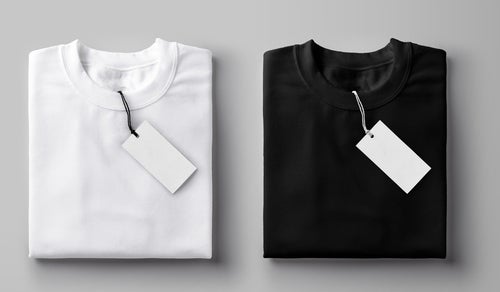
The World Bank, which aims to fight global poverty, has revealed in its latest Commodity Markets Outlook report, the Ukraine-Russia War combined with Covid lockdowns in China and weather-related challenges has led to the increase in prices for cotton, energy and food.
The report explains the war in Ukraine has dealt a major shock to commodity markets, altering global patterns of trade, production, and consumption in ways that will keep prices at historically high levels through to the end of 2024.

Discover B2B Marketing That Performs
Combine business intelligence and editorial excellence to reach engaged professionals across 36 leading media platforms.
It points out the increase in energy prices over the past two years has been the largest since the 1973 oil crisis. While, price increases for food, of which Russia and Ukraine are large producers, and fertilisers, which rely on natural gas as a production input, have been the largest since 2008.
The World Bank’s Vice President for Equitable Growth, Finance, and Institutions, Indermit Gill says: “Overall, this is the largest commodity shock we’ve experienced since the 1970s. As was the case then, the shock is being aggravated by a surge in restrictions in trade of food, fuel and fertilisers.”
He adds: “These developments have started to raise the spectre of stagflation. Policymakers should take every opportunity to increase economic growth at home and avoid actions that will bring harm to the global economy.”
The World Bank’s report states cotton prices are expected to be nearly 40% higher in 2022, before easing 6% in 2023 as weather-related challenges unwind. For cotton, in particular the report points out there are many factors contributing to the rise in its price. For example, it highlights the risks to the outlook originate from weakening demand due to lockdowns (especially in China).

US Tariffs are shifting - will you react or anticipate?
Don’t let policy changes catch you off guard. Stay proactive with real-time data and expert analysis.
By GlobalDataWhile, on the supply side, the World Bank projects global production of cotton will increase 8.4%, which is led by the world’s largest exporters— Brazil and the US with shares of about 20% each. However, production in China and India, which are the world’s largest producers, is expected to decline marginally due to weather-related challenges.
The report also explains cotton prices continued an upward trend that began in early May 2020 to reach an 11-year high in March with prices increasing for 20 of the past 23 months. The World Bank states the overall price strength reflects gradual improvement in the outlook for global demand, which is expected to average 26.2 mmt in the current season, which is 2% higher than 2020-2021. It says this outlook is a marked improvement over the previous season’s pandemic-related contraction of more than 13%.
In terms of energy, which affects every part of the apparel supply chain, prices are expected to rise more than 50% in 2022 before easing in 2023 and 2024.
Non-energy prices, including agriculture and metals, are projected to increase almost 20 percent in 2022 and will also moderate in the following years.
Nevertheless, the World Bank believes commodity prices will remain well above the most recent five-year average. It adds that in the event of a prolonged war, or additional sanctions on Russia, prices could be even higher and more volatile than currently projected.
Ayhan Kose, Director of the World Bank’s Prospects Group points out: “Commodity markets are experiencing one of the largest supply shocks in decades because of the war in Ukraine. The resulting increase in food and energy prices is taking a significant human and economic toll — and it will likely stall progress in reducing poverty. Higher commodity prices exacerbate already elevated inflationary pressures around the world.”
Energy is a recurring theme throughout the report as it is required for almost every commodity. The World Bank’s analysis suggests the war’s impact could be long-lasting because it is not possible to substitute the most affected energy commodities for other fossil fuels as price increases have been broad-based across all fuels. Plus, the increase in prices of some commodities is driving up prices of other commodities such as high natural-gas prices raising fertiliser prices, which puts upward pressure on agricultural prices.
The report points out that policy responses so far have focused more on tax cuts and subsidies, which can exacerbate supply shortfalls and price pressures, as opposed to long-term measures to reduce demand and encourage alternative sources of supply.
The report is urging policymakers to act promptly to minimise harm to citizens and to the global economy. It says a key priority should be to invest in energy efficiency, including weatherisation of buildings and also calls on countries to accelerate the development of zero-carbon sources of energy such as renewables.
Click here to access Just Style’s TIMELINE – Ukraine-Russia crisis: The impact on the global apparel industry and here to see how fashion firms are mobilising to support Ukraine.



